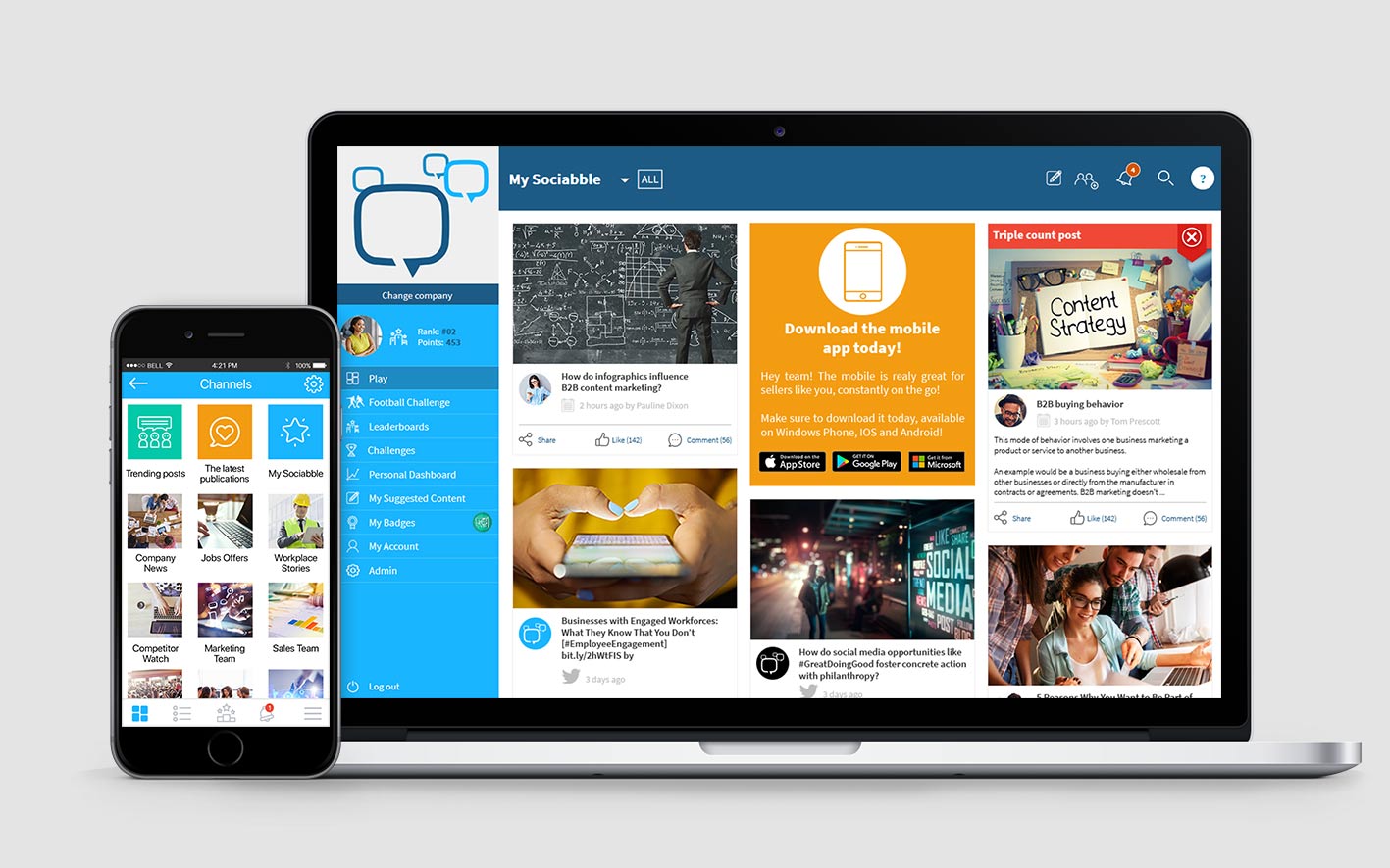
Each platform has its own demographics. LinkedIn, for instance, has an estimated 800 million users and is used by more than 40% of internet users ages 46 to 55. 49% of the LinkedIn users are female and 51% are male. 75%, or 75%, of LinkedIn users live outside the U.S. The platform is well-liked by older, educated, and wealthy users. This site could also be beneficial for B2B marketers. Pinterest, however, has a fairly high gender split of 78.1% women and 21.9% men. It is therefore difficult to know if the site should be used for their products.
Instagram
Instagram's demographics are diverse. The majority of Instagram users are female at 51%, and only 39% are male. Marketers are not particularly interested in these demographics, even though both sexes appear to be highly represented. The gender split on Facebook is almost equal, but Instagram's demographics are very different. Half of US users identify as female, while 35% identify as male. The US Hispanic population is experiencing the same trend, with 52% using the photo sharing platform.
Snapchat
Marketers need to understand the Snapchat demographics. Snapchat's user base is expanding rapidly, with more than 200 millions active worldwide. In order to reach them, it's important to take into account who is using the app. Marketers should not only consider how much time they spend on Snapchat, but also their age range and gender. For example, active users tend to have the greatest number of friends.

LinkedIn
LinkedIn demographics offer some interesting stats about the social network. These statistics reveal that almost 60% of Americans use it. Of this, 72% are full-time employees and 10% are students. LinkedIn is used by many other demographics as well, including race, gender, ethnicity and gender. The majority are white, with a few minorities making up the rest. The site also has more than 57,000,000 company pages. If these pages don't exist, they will automatically be created.
Pinterest
If you are considering advertising on Pinterest, then you have probably heard that the majority of users are women. While women account for about half of Pinterest's workforce and the majority of its leadership positions, it is dominated by men. Pinterest's diversity study revealed that 43% of its employees in 2021 will be white. Just 5% of those positions will be held or people of color. In addition, indigenous people account for only 1% of Pinterest's workforce. Though women have historically outnumbered men, recent data shows that men now make up almost 40% of the company's workforce.
YouTube
YouTube analytics can provide valuable information, whether you are looking to see who is viewing your videos or how diverse your audience is. To determine your target audience, you can measure their size, time spent watching videos and non-subscribers. The information in YouTube analytics is also useful for comparing videos that feature the same or different content. YouTube analytics provide statistics that show the number and duration of videos viewed during a user's visit.

TikTok
When it comes to TikTok demographics, it is important to know that the majority of users are between the ages of 18 and 34. Half of these users, or approximately half, are female. The other half are male. Despite the fact that TikTok is aimed at the younger crowd, it is able to attract an equally large adult audience. Brands can take advantage of this fact by marketing their products and services on TikTok.
FAQ
How much does content marketing cost?
Content marketing costs vary depending on whether you are looking for an outsourcing solution or if you plan to do everything yourself. Outsourcing content market services is often cheaper than hiring fulltime employees. This allows you to scale quickly, when you need it.
According to HubSpot research, outsourcing content production costs around $5 per lead generated (for B2B companies) compared to $22 per lead generated (for consumer brands).
However, there are plenty of web resources that provide free content marketing tools that you can use to create engaging content that converts.
You have many options to optimize content for search engines such as Google and Bing. You have the option to write original articles or guest post on blogs. You can also curate content from different websites and reuse existing materials.
If you choose to produce your own content, then you must learn how to make great content. It's easy to create content once you have it down.
First, create simple landing page using WordPress. Next, start building your site. You can then build your portfolio over time.
Are there any common mistakes made when creating a content marketing plan?
For any content marketing strategy, a plan is essential. Without a solid plan, your efforts will go unused and cost you money. Without a plan, you'll end up with tons of content that isn't useful or appropriate.
A well-planned content marketing strategy gives direction, focus, goals, and helps you reach your objectives. It also helps keep everything on track as you move from phase to phase. One example: If you're using social media to promote your campaign, you might begin by looking at which posts are receiving the highest engagement rates. This will allow you to determine which types of posts will drive traffic to your website and which won't. These results will help you decide whether to create a series or video blog.
Another mistake that people make is not considering how long their content marketing campaign will last. If you are planning to launch a new site tomorrow, it is a good idea to write some content right away. If you've been working on your content marketing strategy for six-months, it makes sense to write some content today.
It takes time to build great content. This step should not be taken lightly or rushed.
Suppose you're a business owner who wants to learn more about content marketing. For those who are interested in content marketing, we recommend our guide on How to Make Content That Works. It contains ten steps you can follow to make sure your content marketing programs succeed.
What are the benefits to content marketing?
High-quality content is key to content marketing, which helps you drive sales and leads. Content marketing also provides a steady stream of fresh, original content that can be used to promote products and services. Additionally, content marketing can increase brand awareness and build trust with potential customers. The best part about content marketing is that it creates a positive image and reputation for your company.
Why is content important?
Every digital marketing campaign is dependent on content. To attract new customers, you must create value-added content. The best way to do this is through blogging. Blogs help you establish authority in your niche and make you more trustworthy. You can build trustworthiness, which increases your search engine rankings. And when you rank high, you get traffic from organic searches.
What role does a content strategist play?
Content strategists can help you understand what people search for on the internet. They optimize your site for search engines and help you rank well. They also create content to be used on social media sites like Facebook, Twitter and others. And they write copy for websites, blogs, and advertisements.
A content strategist works closely alongside a marketing department and helps to plan a cohesive strategy for the company's web presence. Although content strategists are able to work on their own, they often collaborate with the marketing team to make sure that every piece of content is effective.
Statistics
- Out of the 1,500 marketers we surveyed for our State of Content Marketing report, 78% who felt their content marketing strategy was exceptionally effective in 2021 had documented their strategy. (semrush.com)
- In fact, would pay more for a better customer experience, and 86% of B2B buyers would pay more. (neilpatel.com)
- We found that 40% of businesses don't have a documented strategy yet. (semrush.com)
- An example of an overarching goal could be: "In 2022, we want to achieve a 20% increase in revenue created by organic content and generate 15,000 MQLs with a budget of $30,000." (semrush.com)
- Measure your goals with a progress indicator of 0-100%. Make your goals collaborative and transparent (semrush.com)
- According to the Content Marketing Institute, 70% of B2B marketers and 86% of B2C marketers surveyed use content marketing in some form or other. (criteo.com)
- According to our research, 65% of companies with very successful content marketing in 2021 ran content audits at least twice a year. (semrush.com)
- Forty-seven percent of buyers view 3 to 5 pieces of content before engaging with a sales representative. (mailchimp.com)
External Links
How To
Why should you create a Content Marketing Plan? Why Not Now?
When you first start out with content marketing, you may feel overwhelmed by all the tasks involved. The truth is that you don't need all of the tasks at once. Start small.
Begin with one thing at a time. Do not try to do too much at once. You will end up wasting time and not making any progress. Focus on one thing at the time until you master it.
Start small. You don't have to perfect every aspect of content marketing today. You should focus on one part of content-marketing at a time. As you get more comfortable, you'll naturally expand your efforts.
Build On Previous Successes. If you've already developed a strong reputation and following on social media, then why not leverage your existing network? Reach out directly to industry experts and ask them to promote your content. Or, you can organize an event for bloggers.
If you've never created any type of content before, then you should still start somewhere. Start with something simple. Maybe you'll write a blog post, launch a webinar, or even just host a live Q&A session. It doesn't matter what, be sure to measure it.